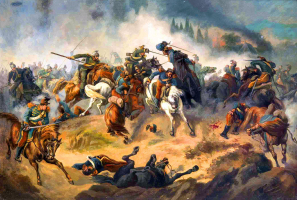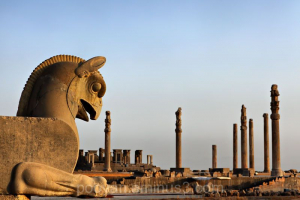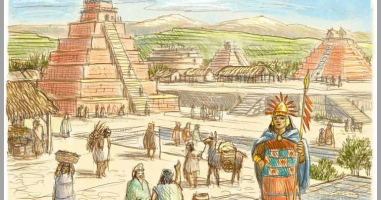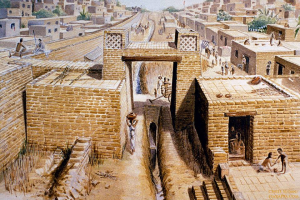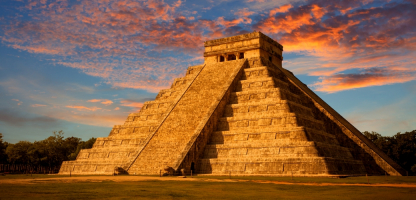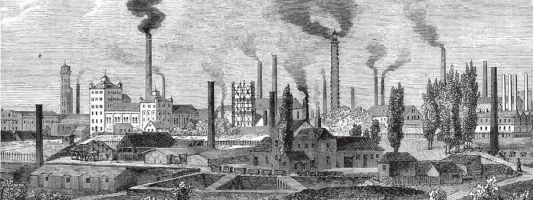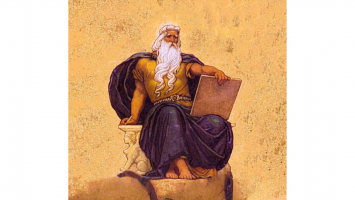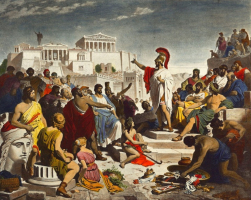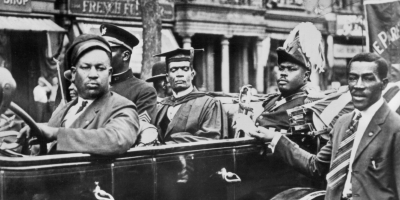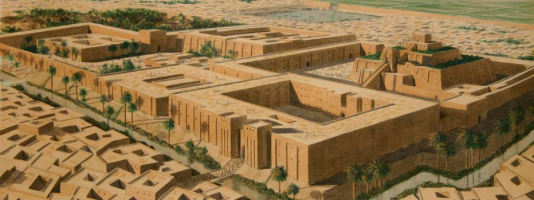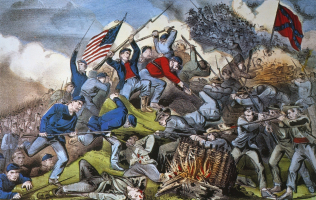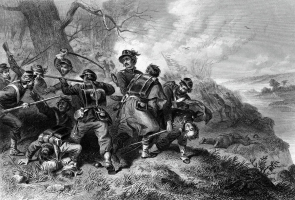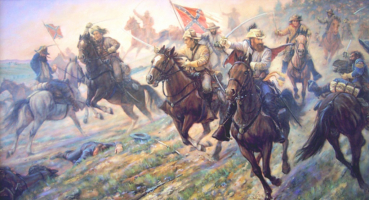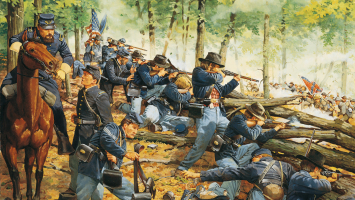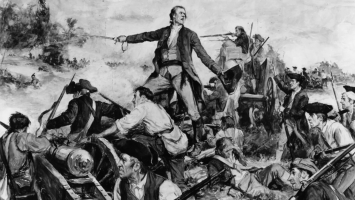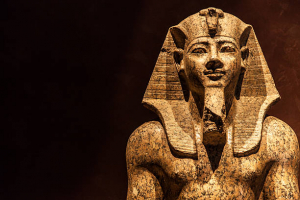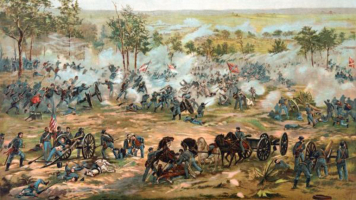Top 10 Shocking Facts About the Byzantine Empire
The Byzantine Empire was just an extension of the Roman Empire to the East. It existed between the years 330 AD and 1453 AD. Because the Empire had stretched ... read more...so far that another base of operations was required, Constantinople served as the head of Roman interest in their Easter provinces. The distance between Rome and Constantinople, or modern-day Istanbul, is nearly 1,300 miles via land. Despite its Roman inspirations, the Byzantine Empire did things its own way on occasion. Here is a list of top 10 shocking facts about the Byzantine Empire that you shouldn't miss.
-
There has never been a single event that has brought an Empire to its knees. The Byzantine Empire is no exception. Many elements, ranging from economic to political, contributed to the fall of the once-mighty Empire. But, when it comes to how Constantinople fell, one piece of military equipment, the enormous cannon commissioned by Sultan Mehmed II, deserves a lot of responsibility. In 1,000 years, Constantinople had been attacked 23 times, and not a single army had made it past the city's walls. Constantinople was already in decline, economically devastated and losing ground on all fronts. To assist bring down the walls, the Sultan commissioned the world's largest cannon. He received a 27-foot-long bronze cannon with eight-inch-thick walls and a barrel 30 inches in diameter, large enough for a man to climb inside.
The cannon discharged cannonballs weighing around half a ton. It required 200 men and 60 oxen to haul the cannon 140 miles over the countryside to Constantinople. They make about two and a half miles per day. When the cannon arrived, it more than fulfilled its promise. The carnage was unprecedented in history. It shattered defensive walls that had stood for thousands of years. The strong fortifications of the once unconquerable city had been decimated by a single weapon. Even though the enormous cannon could only be fired seven times each day, the psychological impact was significant.
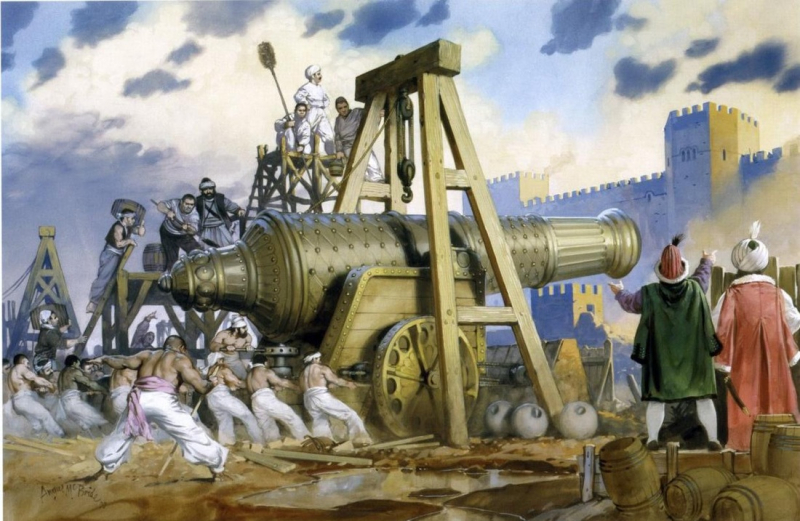
warfarehistorynetwork.com 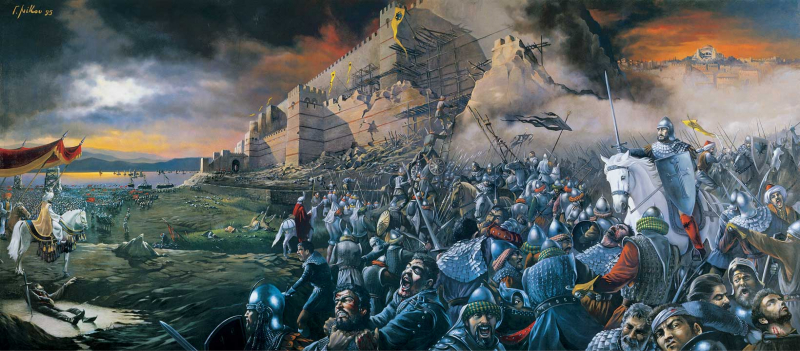
propertyturkey.com -
"The First New England Was There" ranks 2nd in the list of shocking facts about the Byzantine Empire. When someone mentions New England these days, you can bet they're referring to the Northeast United States, specifically Massachusetts. However, that New England was not the first to be established. When a group of English immigrants came in the year 1075, the Byzantine Empire had its own New England.
Over 4,000 English immigrants arrived in the area, the majority of whom dubbed the area Nova Anglia, which meaning New England. At the time, the Byzantines employed English soldiers to supplement their ranks, as well as Scandinavian soldiers. Byzantine forces respected English mercenaries. The Norman conquest of 1066 occurred shortly after the establishment of New England, and many of these English people would have been refugees from the conflict.
Because the Normans were now at war with the Byzantine Empire, the English would have had even more motive to ally with Byzantium and battle their foes once more. The site of Byzantine New England remains a mystery. Many Englishmen joined the army of Constantinople, according to documents, but where they may have settled is lost to history.
en.wikipedia.org 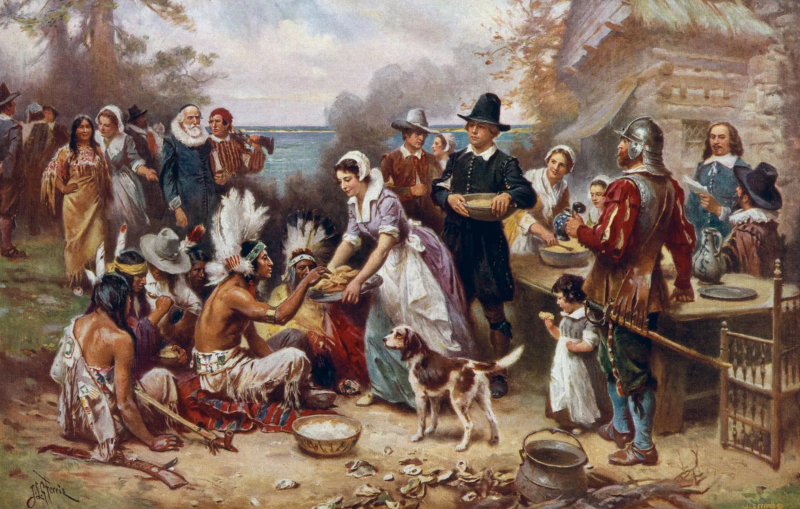
en.wikipedia.org -
Anyone who survived the year 2020 knows what it's like to live amid a pandemic. That is, with contemporary technology and connectivity to assist us all get through it. Things were a little different from 541 to 542, during the Justinian plague. The plague itself plagued the world for almost 225 years, although Constantinople was not attacked until 542. It traveled along trade routes, due to rats and fleas, everywhere humans carried products and commodities. People fleeing cold weather exacerbated the situation, and the disease was able to spread and kill millions of people.
When the Bubonic plague resurfaced in the 14th century, it is estimated that it killed over half of Europe's population, or approximately 50 million people. Procopius, a writer and historian, blamed Justinian for the epidemic and said that he was either a devil or was being punished by God. For four months, the plague ravaged Constantinople. Emperor Justinian contracted the sickness but survived. The streets were supposed to be overrun with corpses, while graveyards and tombs were overrun to the point where trenches were built to accommodate the additional dead. Some were dumped into the sea, while others were stashed in abandoned houses.
Those who couldn't afford or couldn't find a doctor because they were too busy sought to treat the ailment at home with cold baths, magical trinkets, and blessings. The death toll in Constantinople alone is estimated to be 5000 to 10,000 per day. It was estimated that 25% of the Empire's population died, ranging from 25 to 50 million people.
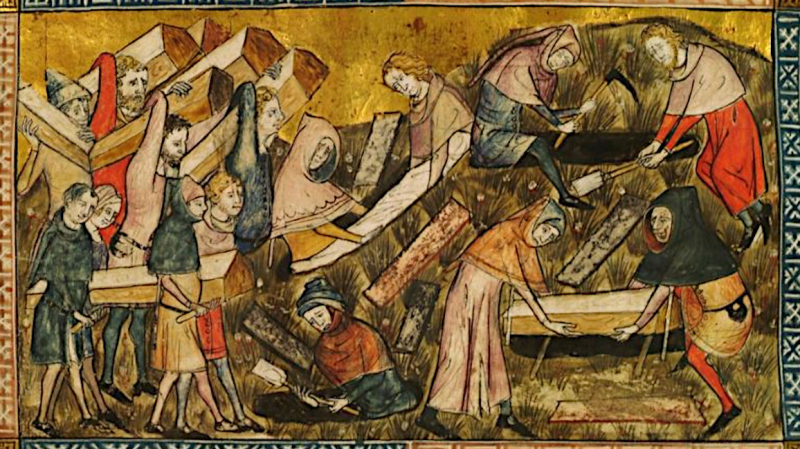
archaeology.wiki 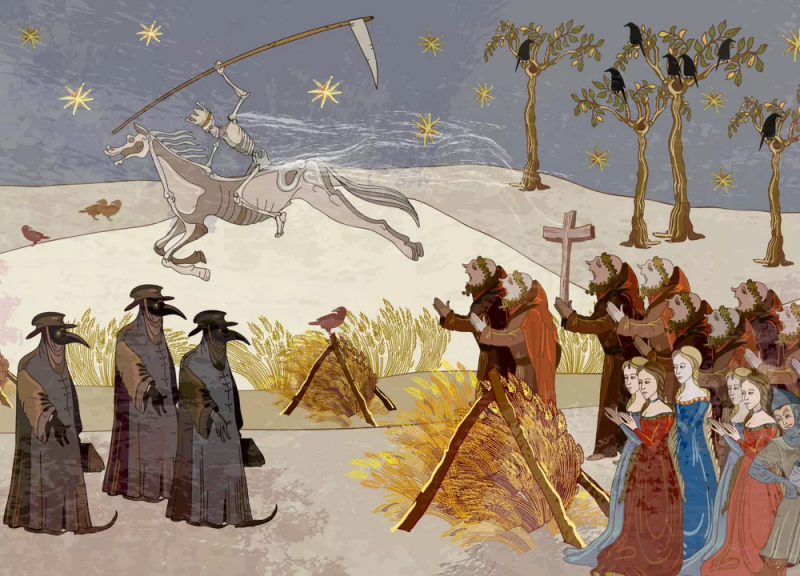
wondriumdaily.com -
"The Nika Riots" ranks 4th in the list of shocking facts about the Byzantine Empire. Chariot races were a significant issue in Byzantium, but you can't fully understand how serious people took them unless you talk about the Nika riots. The riots lasted a full week in the year 532 AD. We've seen riots on television and the potential chaos that occurs when ordinary people interact with police authorities or groups of others with different ideas, but nothing in contemporary history compares to what happened to spark riots. or, to put it another way, 30,000 people perished and half of the city was burned down in that one week.
By the time they had divided the Chariot teams into two groups, the Greens and the Blues, commitment to one faction or the other was terrifying. The Emperor would frequently choose a side not because he preferred one side over the other, but to ensure that one team supported him so that the two could not combine forces and topple the empire. Unfortunately for Emperor Justinian, he saw no need to favor one side over another. He was attempting to remove party politics from the functioning of society, but the general public did not view it that way. Everything combined to create a state of instability, including public upheaval caused by his unpopular policies and a war in Persia.
Members of the Blues and Greens beg Justinian to spare the lives of several of their colleagues who were sentenced to death for a prior riot. When Justinian declined, the crowd sang 'Nika,' which indicated triumph and was normally directed at charioteers. When the fuse was lit, the riot erupted. Rioters set fire to the city after releasing all of the convicts from a nearby jail. They imprisoned Justinian inside his palace, and both sides worked together to appoint a new emperor. Only by the cunning intrigues of three of Justinian's generals, all of whom were barbarians with no allegiance to either group, were they able to create strife between the Greens and Blues and slay everyone who disagreed.
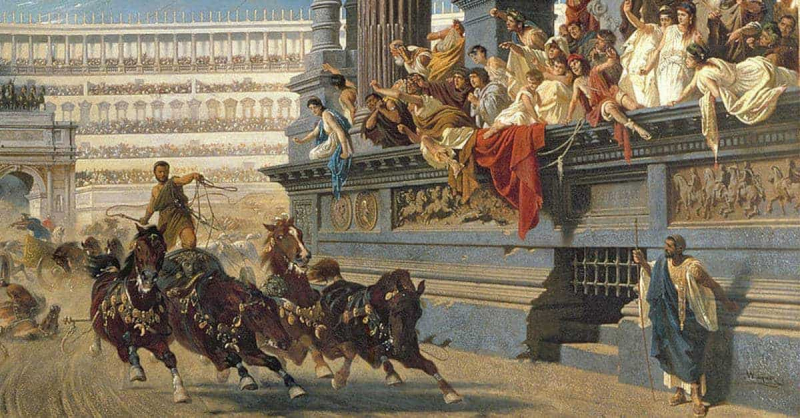
historycollection.com 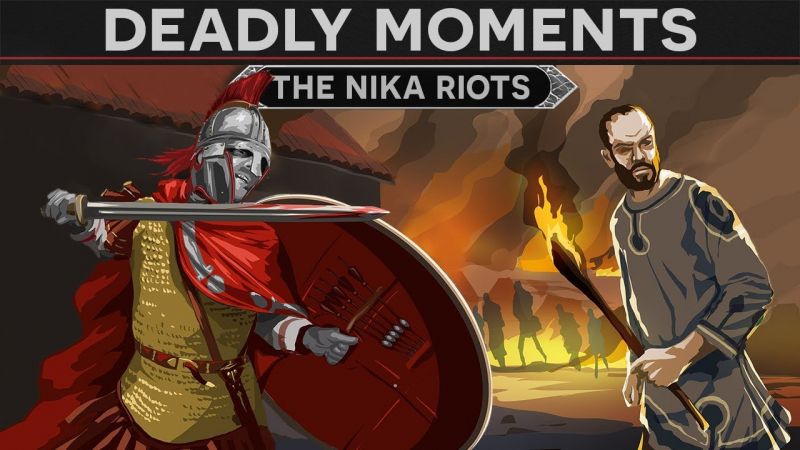
historycollection.com -
Prior to the sixth century, if you wanted something made of silk in the world, you went to China to get it. It's difficult to imagine how essential and valuable silk was back then by today's standards, but the fact that the principal trading route throughout the world was known as The Silk Road should give you some idea of how highly valued this product was. It was a constant effort to keep the Silk Road open, especially as it passed through Persia, which would not allow trade during times of war. The Byzantine emperor Justinian became upset with the inconsistency of the silk trade in the sixth century and devised a solution.
Two monks travelled to China on orders from Emperor Justinian and stole some silkworm eggs, which they smuggled back to the Empire disguised in their canes. No one knew where silk came from before the monks went to China. The Byzantines believed it came from India. The monks spent two years traveling. It was also profitable. Silk factories were established in Constantinople and other towns throughout the empire. They overthrew the Chinese and Persian silk monopolies, and the Byzantine Empire established its own throughout Europe. For far over a millennium, this was a pillar of the entire Byzantine economy. Silk is being produced in Turkey and Greece today.

fibre2fashion.com 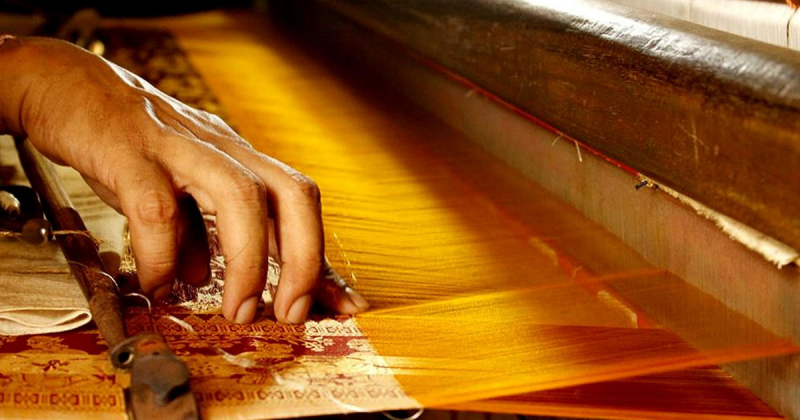
fibre2fashion.com -
If you've never heard of Greek fire, or if you have, you've probably heard of wildfire from the HBO show Game of Thrones. It's fire that burns even on water, essentially a weird and alchemical form of napalm. In a fantasy-based TV series, it's really cool, and it's also influenced by Greek fire stories. Historians believe it was invented in the Byzantine Empire in the 7th century. Greek fire might be thrown in clay pots or shot out of a tube like a flamethrower. It was sticky and couldn't be extinguished with water, just like napalm or Wildfire from Game of Thrones.
In the 670s, Greek fire was famously utilized to protect Constantinople from an Arab fleet. Strangely, Greek Fire vanished from history in the 15th century. It is thought to have been built by a Jewish immigrant named Callinicus of Heliopolis. They maintained the recipe a well guarded secret, and then it appears to have vanished. They may now make educated suggestions about what Greek Fire was, which most likely included petroleum, naphtha, quicklime, and sulphur, but they are just that: guesses.
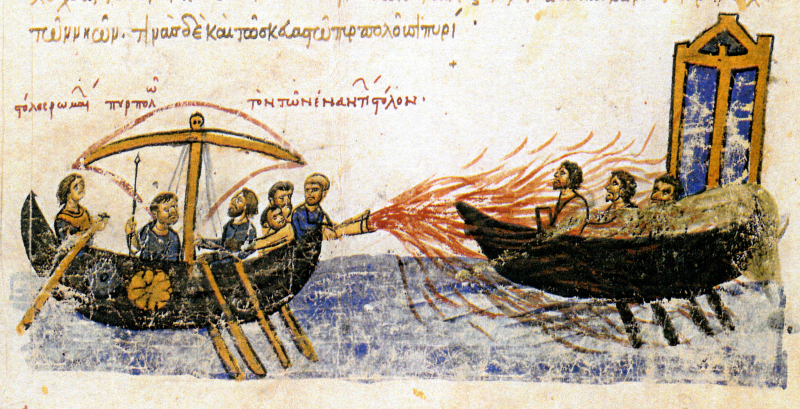
greekcitytimes.com 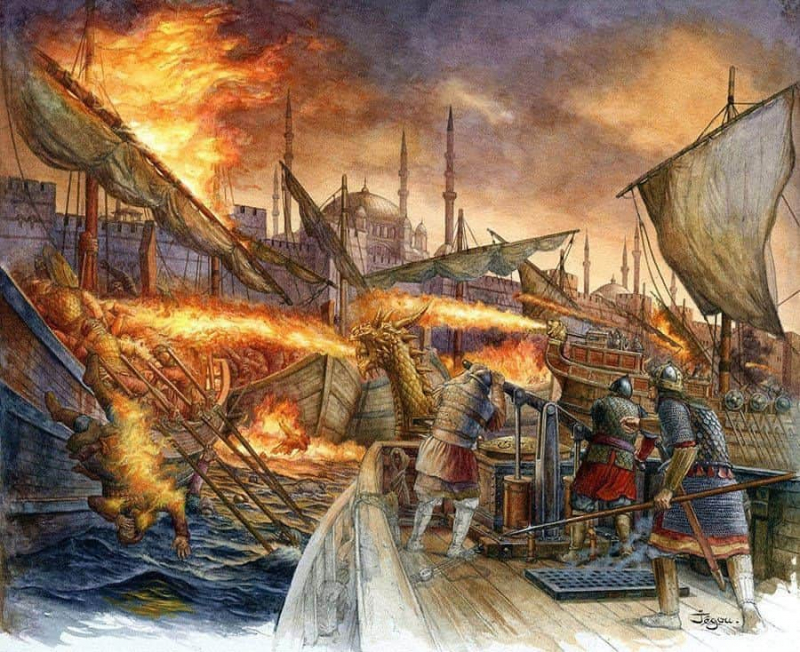
medievalists.net -
Nobody can doubt that people enjoy watching sports. According to Wikipedia, the 24 most watched broadcasts in history have all been related to sports. This includes coverage of various Olympic Games, World Cup soccer, and even two Muhammad Ali boxing contests. Both the London and Rio Summer Olympics set a record with approximately 3.6 billion viewers. It's not surprising, then, that sports and competition were equally popular under the Byzantine Empire.
Roman-style chariot races were a popular sport throughout the Byzantine Empire. Remember that chariot racing was not like a current footrace or even a NASCAR race. Sure, there was a lot of speed, but there was also a lot of death and mayhem. Chariot Racers risked being smashed against the stone pillars or being dragged to death behind their horses. The exhilaration, bloodshed, and money to be made gambling appear to be the draw of racing for fans. It was the possibility of money and independence for the racers. Many of these charioteers were slaves, but winning a single race could earn them up to 15 bags of gold.
Diocles was the most famous charioteer in history, and it is estimated that he earned 36 million sesterces during his career, enough to feed the entire city of Rome for a year. For example, a Roman soldier might have earned around 1,200 sesterces per year. In Byzantine Chariot racing, there were four teams: the Whites, Greens, Blues, and Reds. These teams eventually combined to form the Greens and Blues. When fans weren't tossing nail-studded pills under the track to sabotage their opponents, they were breaking out in bloody riots to support their own side. The Greens ambushed the Blues and killed 3,000 of them at one time.
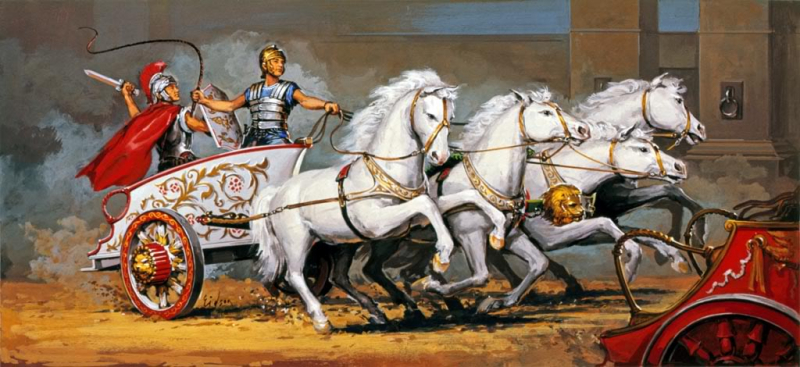
historyanswers.co.uk 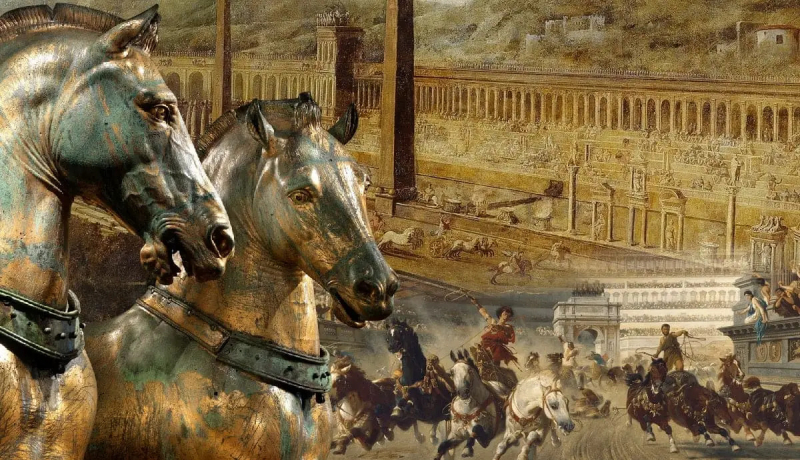
thecollector.com -
How they punish criminals is one way that modern society might distinguish itself from ancient culture. In most of modern Western civilization, persons convicted of crimes are imprisoned or, in very few situations, they are imprisoned and later executed for their crimes. Punishing crime used to be like an exercise in imaginative sadism. The more odd, awful, and one-of-a-kind ways you could come up with to make someone pay for anything, the better it seemed.
Mutilation was once a popular means of punishing criminals. It was, however, also used to settle political rivalries. Imagine if, instead of holding an election, presidential candidates went out of their way to see who could bring the most pain and suffering to the other person's body as a means of not murdering them, but simply keeping them out of their way.
Political adversaries were frequently blinded since a blind enemy could not lead armies. If that didn't work, castration was another option. Not only for obvious reasons, but also because they saw castration as the highest wrong a man could face. It rendered them unmanly and also stopped you from having heirs.
John Athalarichos attempted to depose his father, Emperor Heraclius. The year was 637. It did not go well for him, and he had to have his nose and hands removed. Constantine Diogenes was charged with plotting against the emperor and blinded before committing suicide.
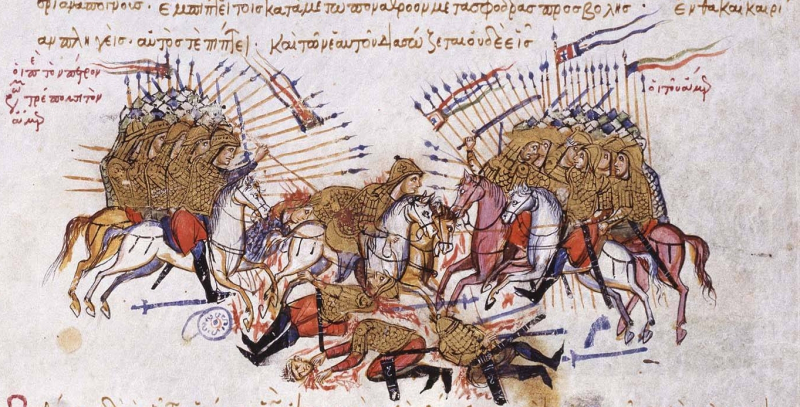
en.wikipedia.org 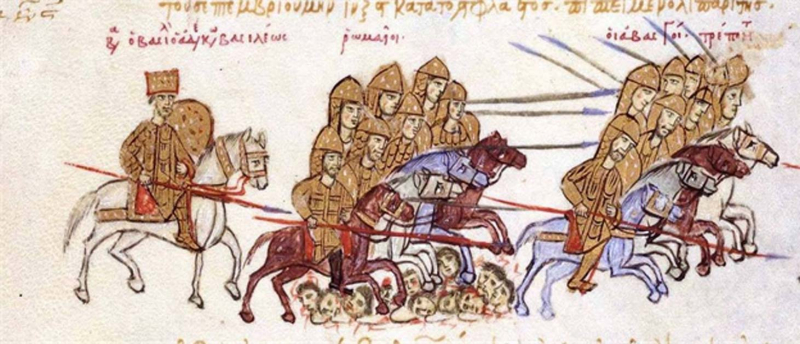
en.wikipedia.org -
You think of culture, architecture, philosophy, and the Olympic sport of wrestling when you hear the word "Greco-Roman," but not Byzantine cuisine. To truly understand Byzantine food, they must return to its origins. It incorporated both Greek and Roman methods. Cheese, figs, eggs, olive oil, walnuts, almonds, apples, and pears were all staples of the Byzantine cuisine, indigenous to the empire's territory and appreciated by aristocratic and common people equally.
Because sugar was unavailable, the Byzantines often utilized honey as a sweetener in their recipes. Bread was a staple of the Byzantine meal and a guarantee of stability for Constantinople's rule. And it was a big operation, with Constantinople's bakeries often producing over 80,000 loaves per day. Bread, cheese, meat, and fish were staples of the Byzantine diet, much of which was cured and kept in salt and olive oil. However, like in modern Greece, this diet was supplemented with vegetables grown in tiny gardens.
Despite the scarcity of information available today, understanding of Byzantine food is akin to restoring a shattered mosaic; even though many of the pieces are still missing, the picture retains a wonderful character. Today, the flavors and ingredients of Greek and other Mediterranean cuisines provide a glimpse of what Byzantine cuisine must have been like.
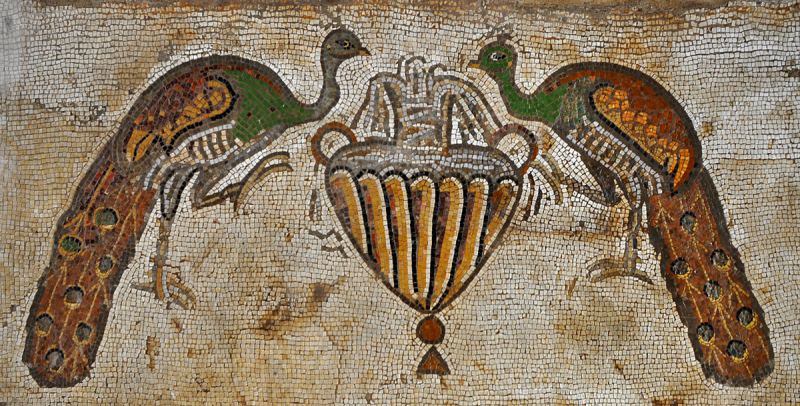
byzantium-blogger.blog 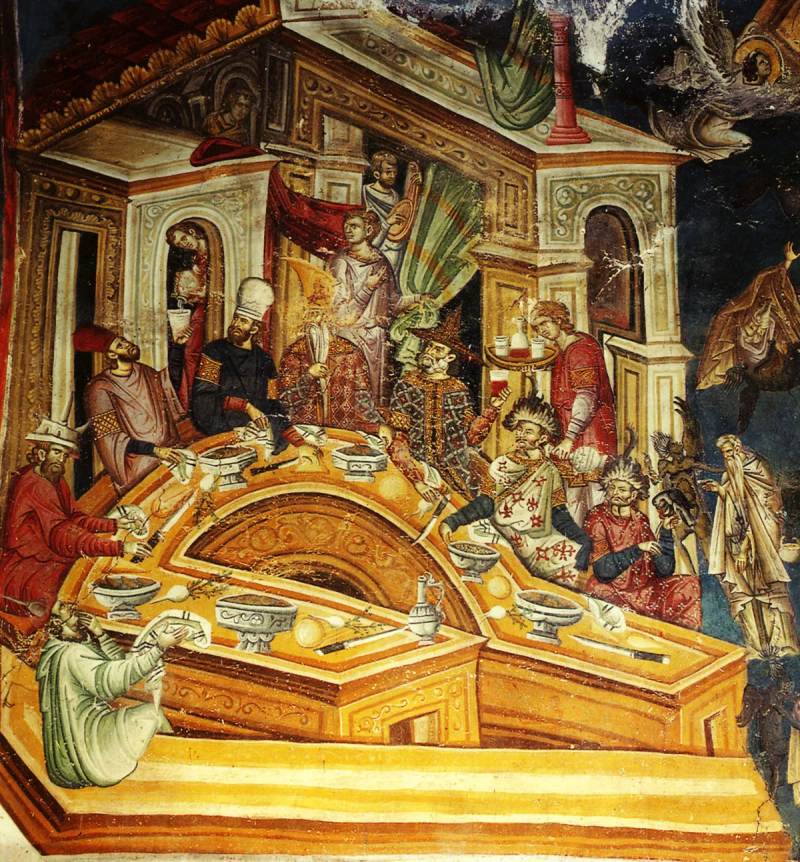
byzantium-blogger.blog -
If you were asked to list the things that come to mind when you hear the word Scotland, chances are you'd include the Loch Ness Monster, haggis, and bagpipes. While the first two are undeniably popular in Scotland, and there's no denying that bagpipes are deeply Scottish in the modern world, there's evidence that the Byzantine Empire invented them first.
"The bagpipe has traditionally been associated with Persia," Dr. Peter Frankopan, director of the Centre for Byzantine Research at Oxford, told Gulf News. "This is easily distinguished given Persia's long dateable legacy and longer recorded history being more closely associated with shepherd world music."
In this sense, Dr. Frankopan recognizes the bagpipe as being familiar to all societies that care for livestock. Bagpipes spread from the Middle East to Europe and even to China as a result of this. "Arabic music had a significant impact on Europe," Dr. Frankopan said. "In addition to the bagpipe, there were specific instruments whose names are derived from Arabic words and are derived from instruments throughout the Middle East, North Africa, and Spain."
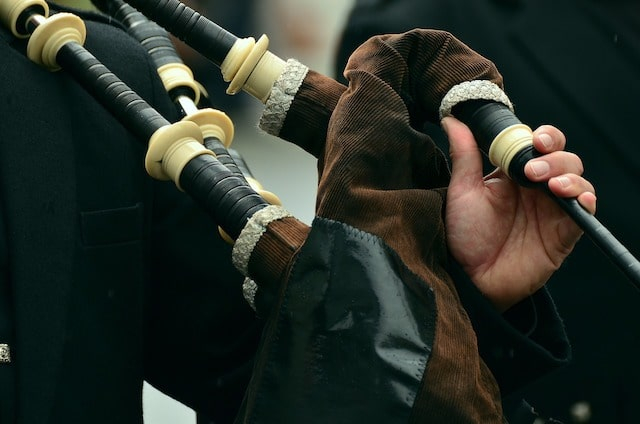
quora.com 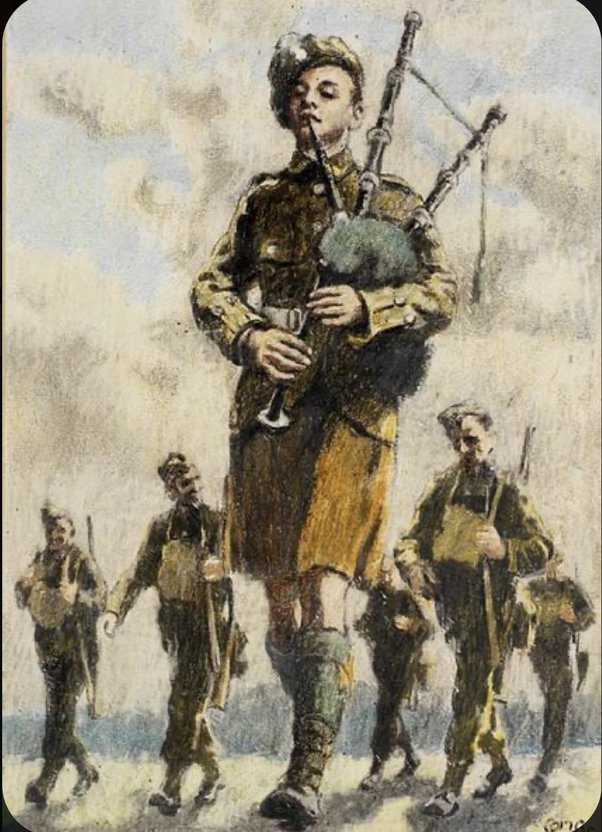
quora.com












